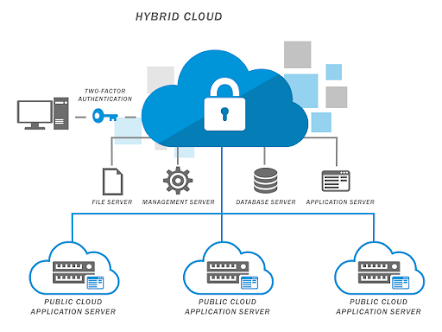Android Vs IOS : which operating system offer better Privacy?

The debate on which mobile operating system offers better privacy has been ongoing for years. While both Android and iOS are popular choices, the privacy and security features of each platform differ significantly. In this article, we will compare Android and iOS in terms of privacy and security to help you make an informed decision. Firstly, let’s talk about Android. Android is an open-source operating system developed by Google, and it is used by numerous smartphone manufacturers such as Samsung, Xiaomi, and OnePlus. The open-source nature of Android allows manufacturers to customize the operating system to suit their needs, which can result in varying levels of security and privacy. One of the main privacy concerns associated with Android is the fragmentation of the platform. Because Android is open source, manufacturers are free to modify the operating system as they see fit. This can result in delayed security updates and a lack of consistency across devices. As a result, som





